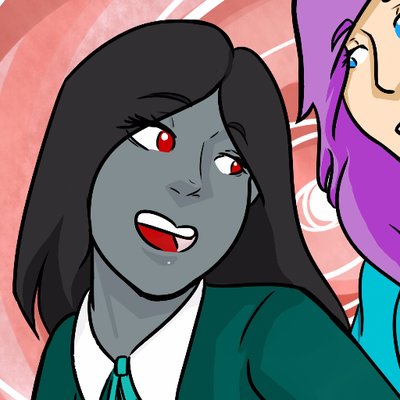Lumavrin
We have ever beheld magic around us. The crystals that contain it - you did not think them mere decoration?Lumavrin, or aethercrystal, is a magical glass traditionally produced by the elves. It is considered to be a rare example of a technique exclusive to an entire species, as the elves brought the intriguing glass and its methods of creation with them from their prior world when fleeing through their elf-gates. It is, at its core, a glasslike, crystalline substance that can hold magical energy. The way it is created shapes what it may do with that energy.
Properties
Material Characteristics
It's pretty much just glass, but magical. I, uh, don't know what else you want me to say.Lumavrin is, as the poor craftsman being quoted indicates, startlingly similar to the usual silicate glass one might be familiar with, despite its very different origins. It does, however, begin its existence with a rainbow-hued iridescent sheen that is seen as an identifier of correctly-made lumavrin. It cannot be coloured with mundane dyes; any colouration in lumavrin comes from the magics involved in its working.
Origin & Source
That's a secret. And not one you can learn.The origin of lumavrin has been long debated by non-elves, much to the consternation of elvenkind. Lumavrin's existence is well-known through Istralar, but the secret of how it is made is one so inherent to elves as a species that they are physically unable to speak it to others. This odd limitation is supposedly a gift of Seren's to protect lumavrin, which is supposedly one of her gifts to her children, from outsiders. Common theories range from unique kinds of sand to fragments of the goddess herself. It's considered rude to speculate on these theories in front of any elf, much as it's rude to debate how long the dwarven progenitor deity spent figuring out the appearance of dwarvenkind.
History & Usage
Everyday use
It's sort of just.. everywhere. Not really worth remarking on, I thought.Lumavrin's uses range from siege weaponry - as mentioned before, the fireball cannons do exist - to small house lamps. It is often fashioned to look like natural crystals and even nestled among crystals to provide ambient effects such as lighting or mood boosting. As it is by no means a cheap or easily accessible material, it tends to only be found in public areas or the homes of nobility, especially in Galasthin.
Storage and Regulation
Lumavrin is a hard material to be consistent with. The results of each and every sculpture are different every time. When this uncertainty is combined with the material's explosive potential. two key issues arise: how to store it safely, and how to regulate it without crippling its use. Regulations on lumavrin differ between nations. Many nations with small-to-no elven populace forbid lumavrin's export entirely or restrict it to key industries. The danger isn't worth it with no easy access to any repair folk. Elf-dominated nations permit lumavrin as a general rule, but regulations exist around what magic can be infused into it. Superweapons are generally banned. Extremely powerful magical infusions are usually reviewed and watched or assisted by the nation's magical forces. Those who can craft lumavrin must hold license to do so, and must have passed strict magical aptitude tests to get that far. While these details again differ between areas, they are roughly the same - for an unskilled artisan could cause catastrophe. As for storage, unworked lumavrin is traditionally stored in lumavrin - or glass, if no lumavrin is available - amphorae. This allows protections to be layered without altering the new lumavrin.I have a lumavrin necklace! My mother gave it to me. It's said to protect me from poisons - unfortunately, that does mean it attempts to destroy any glass of alcohol I pick up...














Alas, poor elf who wants to drink alcohol. This is a fun material. I think I would be scared to own some just in case it exploded everywhere. Shattering glass is a pain in the ass on its own without the magic bits.
The silly tart hasn't realised she can just take the necklace off yet! There's at least some really good ways to reinforce it, just like we can have reinforced glass IRL - it's a lot safer that way!
welcome to my signature! check out istralar!